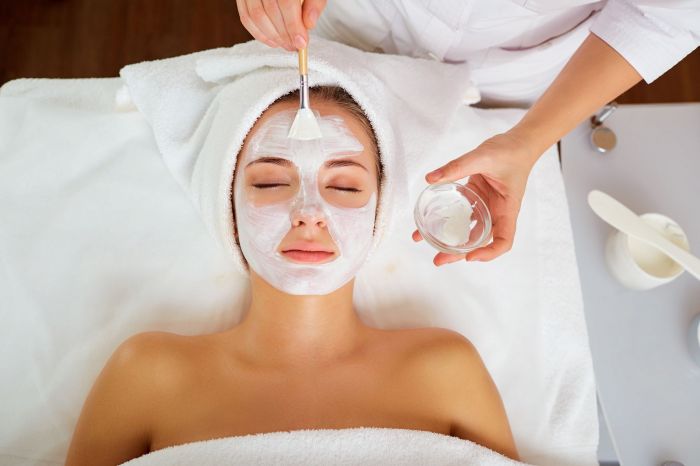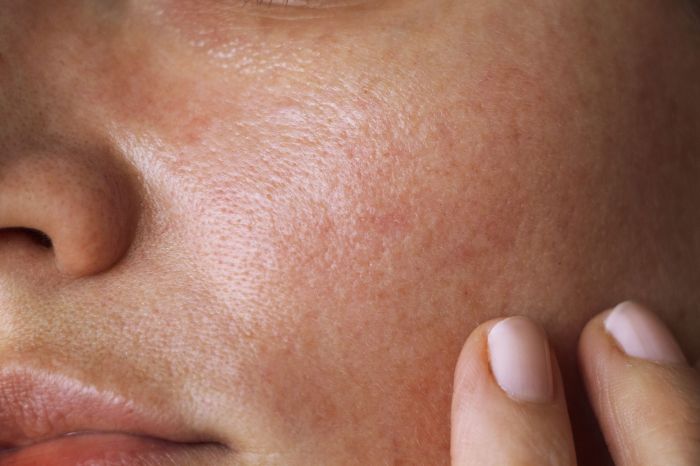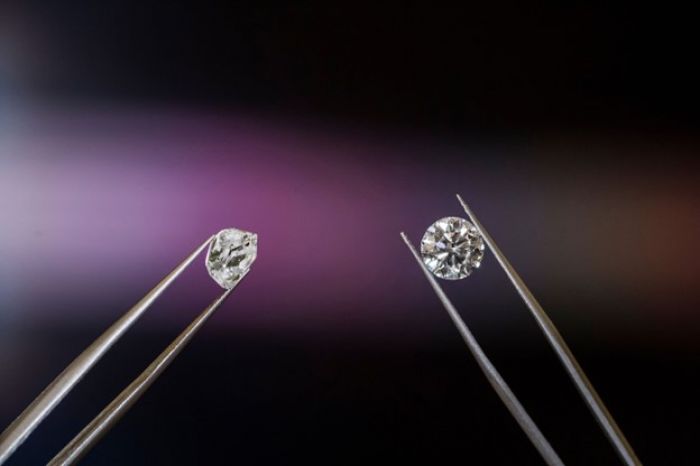
While most other skincare works towards achieving optimal skin hydration through the addition of emollients and hydrators, there is a new technology that can actually help your skin produce more of the hydrating proteins, such as Hyaluronic Acid.
What is this magic you may ask? It really isn’t magical and can properly be explained through science though the effects may appear magical. Calecim’s Restorative Hydration Cream contains the powerful patented ingredient PTT-6®, which contains over 3,000 proteins, including growth factors, exosomes, and cytokines. These are the latest in cell signaling technology, with this complex mix of hundreds of different TYPES of growth factors and exosomes, that can trigger your skin to produce all the essential proteins that it requires to remain hydrated, youthful and pliant.
The key hydrating element that naturally exists in skin is Hyaluronic Acid (HA), which can be found in many skincare that boast of hydrating effects. What is different in Calecim’s Restorative Hydration Cream is that it consists of BOTH HA that is naturally secreted by stem cells as well as the exosomes that can supercharge your skin’s own production of HA.
HA is a glycosaminoglycan that retains moisture and is the key factor for well-hydrated, plump skin that glows with radiance. HA production naturally falls as one ages so it is important to boost its production. Restorative Hydration Cream gives you an alternative that is above merely adding more HA to your skin. It actually helps trigger your skin’s production of it.

The relationship between dryness and aging skin
The natural change in the skin as we age is inevitable and often results in the skin losing its suppleness, smoothness, and healthy appearance.
The protective layers of oils and lipids that protect the skin can be lost with age, impacting the skin’s ability to retain moisture. Additionally, as skin ages, it sheds its dead epidermal skin cells less effectively, which causes them to accumulate more. Due to the inadequate water-binding capabilities of old skin cells, the skin has a rough, dry feel and lacks its natural radiance and luster.
External factors that result in dry skin
The environment, which continually works against your skin, is another element that causes dry skin. There are a number of factors, which include the sun, wind, pollution, and dry air. In fact, even when you’re indoors in your home or office, the air conditioning can also damage your skin.
Exposure to one of these factors alone is sufficient to result in dry skin. However, in reality, we are exposed to at least two or more factors on a daily basis that work in tandem to dry out our skin. When dealing with extreme weather conditions, even young skin can dry out.
Chronic dehydration can cause the collagen and elastin cells in the skin to fragment, causing the skin to lose its suppleness and pliability. An epidermis that is thicker and more dry can be a sign of dryness-related premature aging.
Skin damage can also make it appear flaky and dry.
Dehydration of the skin can occur from skin injuries. Physical harm, such as a cut or wound, or environmental trauma, such as a sunburn or windburn, may affect the skin's capacity to retain moisture. All these factors can impact the skin’s water retention level, resulting in further breakdown of collagen and elastin. This dryness often results in the skin looking dull with a rough texture, discoloration, and even the appearance of aging through wrinkles, fine lines, and creases.
In-clinic procedures known to accelerate skin dryness
When we spend thousands of dollars in skin clinics getting treatments, it’s hard to imagine some of these could result in dry skin. For example, botox can reduce oil and sweat gland production, causing more skin dryness. On the other hand, transepidermal water loss can be accelerated by some treatments, such as lasers, which can remove more skin from the top layers.
The dehydration of the skin can further impact the skin’s natural healing processes and even lead to less-than-ideal post-procedure results.

Restorative Hydration Cream: Your Solution to Dry and Aging Skin
Restorative Hydration Cream is a stem cell-derived skincare product that improves hydration. The moisturizing ingredient in CALECIM®, the Hyaluronic Acid (HA), is present in Restorative Hydration Cream. There is also PTT-6 which is comprised of growth factors, exosomes, and proteins produced by ethically sourced stem cells.
Skin gets renewed by Restorative Hydration Cream in the following ways:
- Aloe Vera and natural hyaluronic acid provide instantaneous deep hydration.
- Your skin's capacity to produce its own natural hydration is restored thanks to the assistance of proteins, growth factors, and exosomes.
- Reset the skin's natural cycle so that new, fresh skin cells may emerge and old, dried skin cells can be exfoliated.
The Restorative Hydration Cream is helpful for those who experience dry skin, regardless of whether it is due to aging or external environmental factors.
Additionally, it aids in regenerating the defense lipids and oils that keep your skin protected from environmental harm. The final result is preserved skin moisture and hydration.
Brighter, plumper, and healthier-looking skin results from deep hydration throughout the layers of the skin. Get a starter size to get started on your anti-skin dryness journey!














